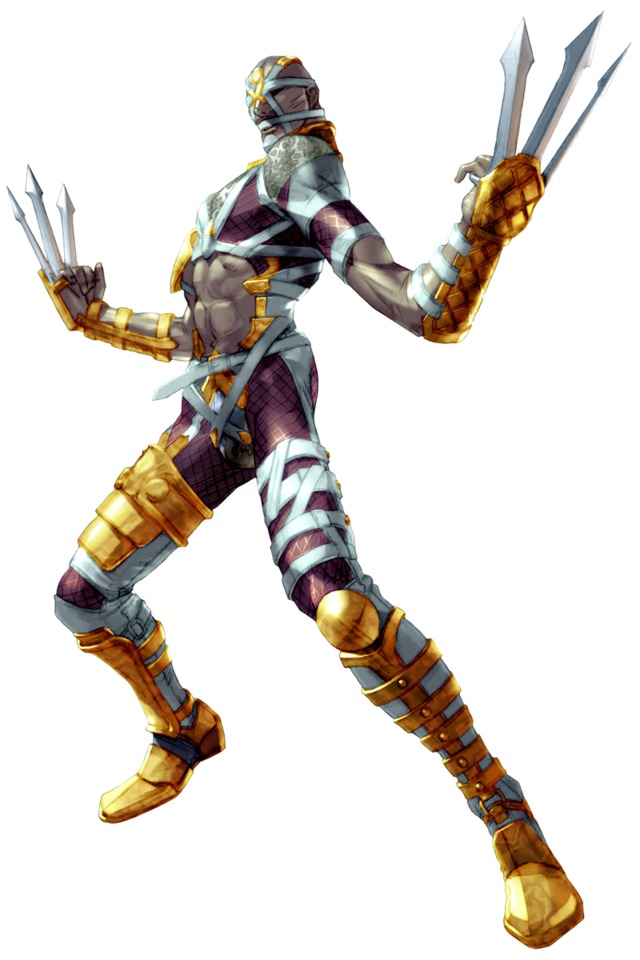Hello there, readers.
Yes, I’ve returned to bring you a fresh collection of videos about videogames for the twenty-second month in a row. I hope you’re well! The weather here is fine. It’s true that I’ve been eggbeater kicking in the seas of despair, but my head remains, for now, above water. My deepest thanks to everyone who submitted videos for consideration, this time and all others.
This Month In Videogame Vlogging highlights the most compelling critical videos about videogames from the previous calendar month.
First-Person Traverser
Let’s begin with two video essays examining the experiential qualities of movement through 3D space.
-
Getting Lost – Soft & Hollow (18:32)
Against the norm of the navigational assistance usually provided to players, Soft & Hollow highlights a few “navigational horror” games – including Miasmata, Tomb of Rooms, and Perennial – which use combinations of limited, restrained or absent mapping systems with visually obscured environments to create organically scary scenarios. (Manual captions)
-
The Tranquility of Traversal – eurothug4000 (16:13)
Maria recalls fond experiences of games in which getting from one place to another becomes, in itself, a relaxing task. (Manual captions)
Virtual Displacements
Here are a couple of thoughtful and well-researched essays on the representation – or lack thereof – of displaced and disempowered peoples in videogames.
-
“Decolonization is not a metaphor”: Settler Colonialism and Indigeneity in Video Games – Game Assist (2:01:17)
Daz and Sara look at how indigeneity has been implicitly coded in the fantasy worlds of various videogames, demonstrating how these games perpetuate settler-colonial narratives and illustrate Tuck and Yang’s framework of “settler moves to innocence”. (Autocaptions)
-
Empathy for the Refugee in “Bury Me My Love” – LambHoot (44:56)
LambHoot explores how the timed personal messages and phone format – ‘meta skeuomorphic diegesis’ – of Bury Me, My Love might help a player relate and understand the immense difficulty faced by refugees undertaking dangerous voyages, facing unknown and insecure futures. (Manual captions)
Another Day at the Office
Here are three tonally contrasting videos about videogame workplace incidents and cultures.
-
The Game Prototype That Had to Be Banned by Its Own Studio – People Make Games (16:05)
PMG recount the tale of how the experimental prototype of a strategic free-for-all game (along the lines of Neptune’s Pride or Subterfuge) wreaked social havoc in the offices of Halfbrick Studios. (Manual captions)
-
Why Don’t We Treat Video Games Like Art? – The Icon (19:06)
The Icon argues that videogames might on-the-whole be taken more seriously if there were better cultures of both preservation practices, as well as increased openness to facing challenging ideas, among games produces and consumers. (Manual captions)
-
Activision Blizzard And Industry Abuse: Burn It All Down – Jim Sterling (14:55)
In the wake of yet further revelations about horrifically misogynist and toxic work culture at a major videogames company, Jim Sterling says ‘fuck you’ to Activision Blizzard and the industry at large. [TW for discussions of workplace abuse and suicide] (Manual captions)
Positive Messaging
In the interest of uhh balance I guess, we now move on to a section of essays celebrating more overtly positive personal connections to games.
-
Gaming and the Golden Record – Chariot Rider (1:42:39)
Chariot Rider asks twenty-ish other videogame video critics in turn to pick and justify which game they would hypothetically send in to space to represent earth/humanity to any alien interlopers who might be out there. For a platform (youtube) that has little in the way of in-house community building tools for creators, it’s always nice to see collaborative efforts like this. Yeah, I’d probably pick Tetris too. (Autocaptions)
-
Dead Space 2 Still Feels Like A New Game – Jacob Geller (24:16)
Jacob Geller highlights the reasons Dead Space 2 has stuck around in his head — namely for its single-shot diegetic camera, successful “everything-on-the-menu” approach, and memorably spectacular and unsettling set pieces. (Manual captions) [embedded advertising] [Note: gruesome needle-eyeball scene ew]
-
How Gris Became My Favorite Game – evanonline (11:51)
Evan reconciles the strong personal resonance they found in Gris with their disappointment at the game’s mixed reception from others. (Manual captions)
-
What’s up with Voldo from Soulcalibur? – Polygon (13:42)
Patrick Gill explores how the design of Voldo from the Soulcalibur series draws inspiration from various queer culture iconographies and, as such, is part of a historical continuum of real-life fighting stars. (Manual captions)
We All Must Bow Before the Crushing Accumulations of Time
To round out this list of videos from July 2021, two to help us feel old.
-
how many Super Mario games are there? – jan Misali (46:39)
Jan Misali takes a survey of self-appointed Mario experts to determine how many games should be included in a definitive “Super Mario” series canon, an exercise in categorisation which contains a surprising (and entertaining) number of twists and caveats. (Manual captions)
-
10th Anniversary Spectacular of Introspective Narcissism – Errant Signal (15:12)
To commemorate his tenth anniversary as a videogames-criticism video-content-producer, Chris Franklin uses the paradigm of ‘win states’ (originally discussed in his earliest work) to reflect on the expectations versus realities of his time as a youtuber. (Autocaptions)
See you again soon.
Subscribe
Critical Distance is community-supported. Our readers support us from as little as one dollar a month. Would you consider joining them?
Contribute
Have you read, seen, heard or otherwise experienced something new that made you think about games differently? Send it in!


